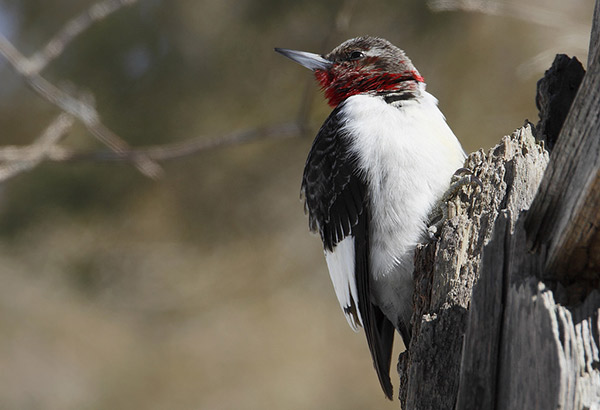How to Document a Rarity

You never know when you are going to see a rare bird, nor even what exactly constitutes a rare bird. The best approach if you think you might have a rarity is to take detailed notes on the spot, or at least as soon as you have access to pen and paper. Photographs, of course, are excellent documentation, but if you can’t take photos, the best documentation is that which is written at the time of the sighting because it lacks any biases which may creep in after the observer has perhaps looked in a field guide or had a good night’s sleep. Use your notes to fill out a complete documentation form as soon as possible (see form below).
But what if you didn’t take notes, and you are faced with a documentation form in the mail a week or more after your original sighting? The most important thing here is to be honest. Try, to the best of your ability, to recall your observation as it was at the time of the original sighting. What about the bird made you think it was what you called it? If you didn’t see a particular field mark, don’t say that you did, even if you have since convinced yourself that such was the case. It is rare to see all the field marks on a given bird, and extremely detailed descriptions, especially those written long after the sighting may give the appearance of having been taken directly from a field guide.
Also important is information on the conditions of the sighting, such as lighting, the types of optics used, and so on. How far away from the bird were you (yes, it’s hard to estimate, but give it a reasonable try)? All these things can effect how a bird looks, and can help the NHRBC evaluate the plumage details you have provided.
Finally, and most importantly, it is critical to compare your bird with the more common species with which it can be confused. Failure to do this is probably the most common reason for records not being accepted by the NHRBC. In many cases, we have asked for documentation expressly for the purpose of making sure you didn’t see the more likely alternative. For example, why wasn’t a Blue Grosbeak really an Indigo Bunting or a Golden Eagle an immature Bald Eagle? Knowledge of the more likely species is actually the first step towards knowing a rarity when you encounter one, and this is how the NHRBC hopes to educate the birding community.